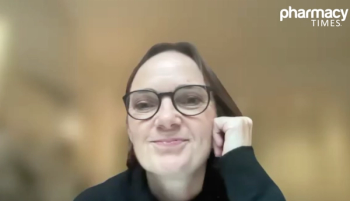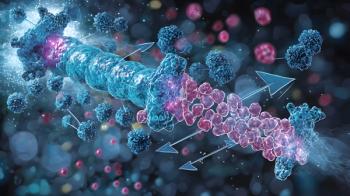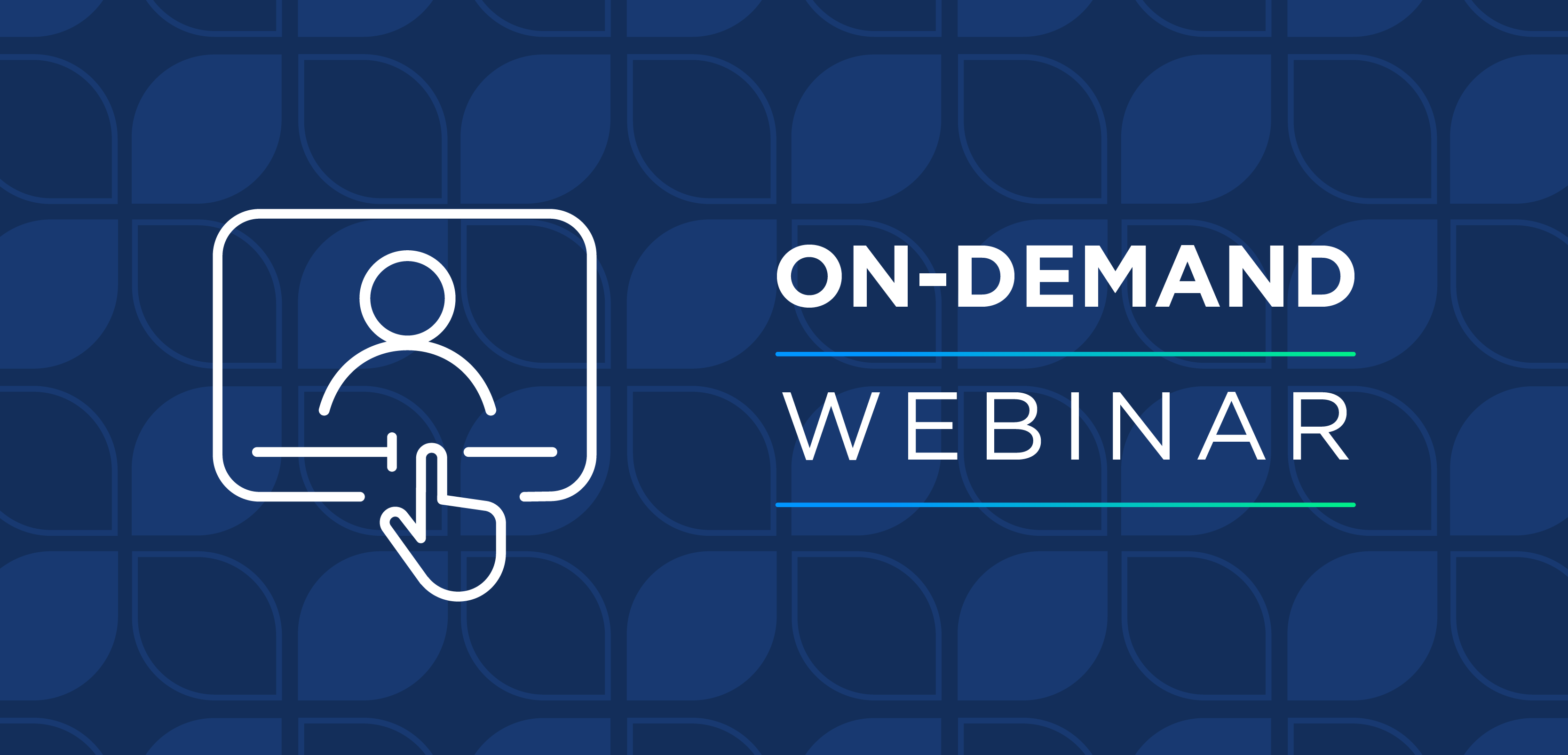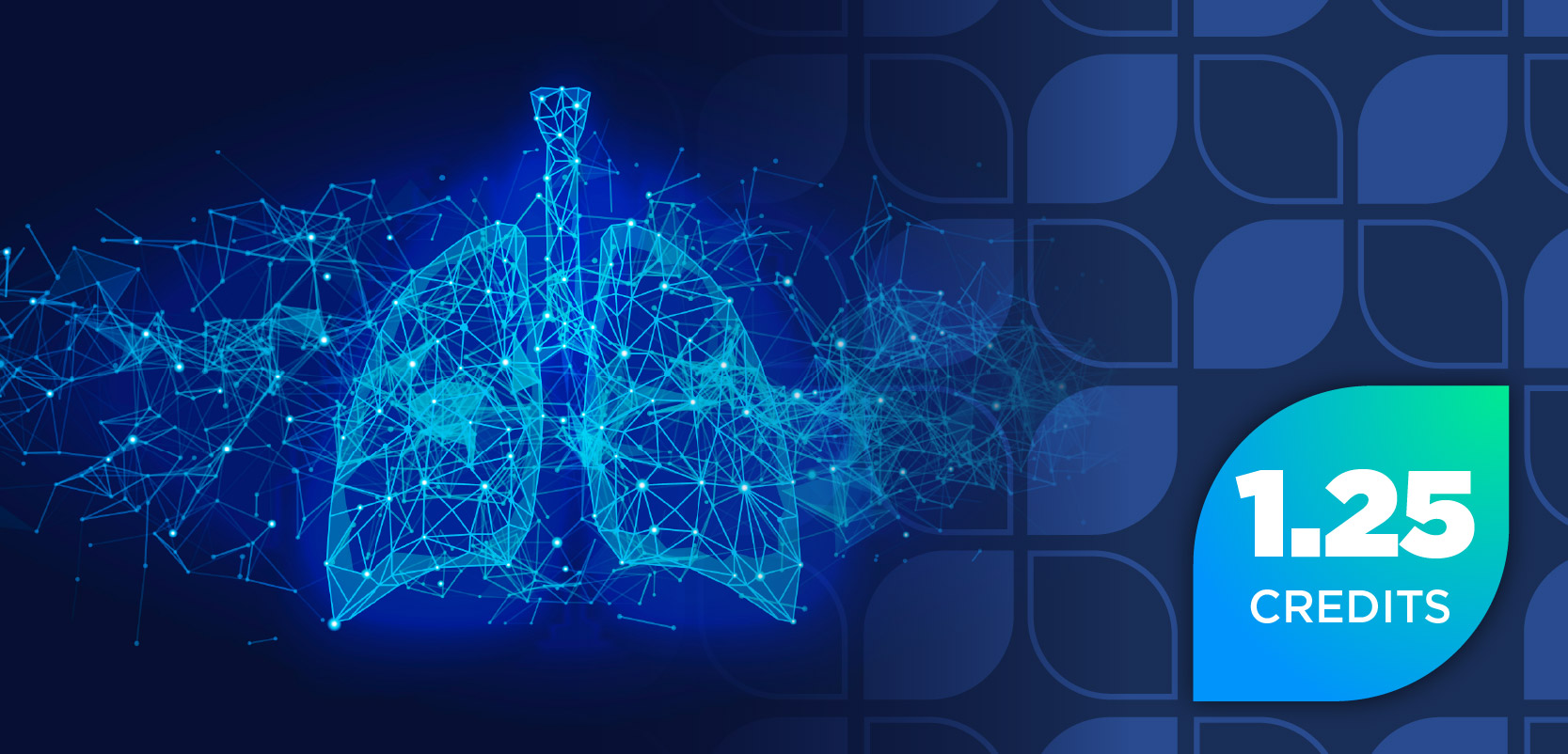"Specialization is for insects,” writes science fiction author Robert Heinlein.1 Humans, according to Heinlein, need to be adaptable, broadly capable, and competent across disciplines. In other words, humans are generalists. But in oncology pharmacy, it is now nearly impossible to truly be a generalist in the field.
Oncology pharmacy practice changes at a rapid pace. Fifteen years ago, pharmacists could learn oncology on the job. Today, this is no longer true, and it hasn’t been for a while. There are too many drug approvals, label updates, and new data published for even the most skilled and experienced oncology pharmacist to keep up with, let alone those still building their baseline knowledge.
And the complexity is not limited to clinical care. The operational side of oncology has become its own beast to tame. Conference agendas now regularly include topics such as pharmacist billing, establishing tracking dashboards, infusion center efficiencies, understanding 505(b)(2) drugs, and implementing complex new therapies. These are all important and necessary topics that help cancer centers run effectively and deliver exceptional patient care. But together, they contribute to the ever-expanding expectation that oncology pharmacists should “know all the things,” an emotion aptly captured by Allie Brosh in her book Hyperbole and a Half.2
In this era of oncology, it is unrealistic—and frankly unfair—to expect an oncology pharmacist to be highly skilled operationally and clinically across all cancers. As passionate individuals, oncology pharmacists want to excel, but placing this expectation on us causes us to spread ourselves too thin and feel marginally skilled at many things and not xceptional at anything. We want to be seen as skilled problem solvers, but with the amount of expertise and knowledge expected of us across a broad array of topics, we instead give generic advice and recommendations because we don’t have the capacity or the expertise to provide more.
It is well known that oncology pharmacy is in a period of high attrition.3 Experienced pharmacists are leaving patient care roles in record numbers, leaving many cancer centers in a persistent all-hands-on-deck situation. Because of this, pharmacy leadership wants interchangeable chess players; they want to easily move someone in one set of job duties to a different set of duties when a gap in cross coverage exists (which is often the current state of most centers). Operationally, this makes sense. For the center to run smoothly and accurately, we need people in all the seats of the bus.
Unfortunately, sliding one oncology pharmacist over to a different set of job duties does not always go as smoothly as those in leadership may expect. There are so many specialized areas of oncology practice that the more time you spend in one specialty, the more skilled you will become in that one specialty. But suppose you are regularly transitioning between specialty areas in a classic generalist model. In that case, you will develop a lot of surface-level knowledge without much depth—and depth of knowledge is certainly important in the field of oncology. Acquiring depth of knowledge is how we become most effective and efficient at our job functions.
For example, expertise around the toxicities of cancer therapies is incredibly valuable, but that expertise comes from exposure to managing complex treatment toxicities and learning how to quickly identify them and intervene. When such toxicities can be identified early on, patients are more likely to stay on therapy and benefit from the treatment.
Depth of knowledge is also why high-volume centers can efficiently see hundreds of patients a day. They have a team of highly skilled distribution professionals who can juggle efficacy and safety checks along with compounding as if they were conductors of a world-class symphony.
For effective patient care, we need smart people to design workflows for operationalizing 505(b)(2) drugs, integrating the next biosimilar we have to stock, and managing the compounding of a new hazardous drug. We need people to coordinate and track prior authorizations, write persuasive appeal letters, and keep patients updated. We need people to quickly build the treatment regimens in the electronic health record, troubleshoot technical issues with the ordering process, and guide prescribers on how best to use the available technology. And we need people to work side by side with prescribers to manage complex drug interactions, drug toxicities, and the financial implications of treatment selection.
However, one person cannot do all these things well. These job duties each require different skill sets, from writing and verbal communication to process development, technical aptitude, and deep clinical expertise. Someone adept at all these skills simultaneously is called a unicorn—and unicorns are rare in oncology pharmacy, if they exist at all.
At many centers, the pharmacist practice model is designed based on the physician model. If the physicians are specialists caring for patients with a particular disease, then the pharmacists often also have a specialist model. This is very common at large academic medical centers. In smaller community settings where the oncologist is a generalist who cares for anyone who comes into the clinic, the pharmacists are also generalists. However, this model is challenging for both physicians and pharmacists, with the rapidly evolving science in oncology and the complexity of new therapies.4,5
The traditional generalist practice and staffing model in pharmacy has run its course. At best, this model highlights the dichotomy of leadership vs individuals: The generalist model, with its cross coverage and cross-functional “depth,” benefits leadership immeasurably more than individuals. Although the needs of the many outweigh the needs of the individual, the oncology landscape has shifted so that new paradigms are needed.
This is not about the age-old debate of clinical specialists vs generalists in the pharmacy profession. Enough of a divide exists already. This is about the expectation that pharmacists working in oncology can even be generalists. Today cancer is most often treated in the community setting, where the oncology pharmacist, who is very likely to be the only oncology pharmacist on staff, oversees the medication use process and the operations of their pharmacy. Not only do they need to be knowledgeable about the hundreds of different types of cancers across solid and hematologic malignancies, they also need to be aware of the explosion of drugs and biomarkers that guide therapy for those diseases and the plethora of toxicities that come with those treatments. The weight of staying current across every disease state, drug, and toxicity is unsustainable, and it is burning people out.
About the Authors
Kelley D. Carlstrom, PharmD, BCOP, is the Founder and CEO of KelleyCPharmD, an education company that helps pharmacists learn the complex world of oncology, in Cincinnati, Ohio.
Joseph A. Kalis, PharmD, BCOP, is an ambulatory oncology pharmacist in Colorado Springs, Colorado, where he is gloriously belittled and minimized by the surrounding geography. He aims to guide others in separating truth from dogma.
So where do we go from here? Oncology pharmacies, especially in community cancer centers, cannot drastically increase the size of their team to accommodate every cancer type, and even if they could, there are not enough oncology pharmacists in the market. The first step is recognizing the complexities of working in oncology. Most pharmacists receive little, if any, structured educational support to learn and stay up to date. When you invest in your team’s professional development, they are likely to have an increased connection to the organization, associate their work with purpose, and choose to stay long-term.6,7 The next step is to consider how to reduce some of the knowledge burden. For small teams, that could look like a team lead for solid tumors, hematologic malignancies, and operations.
It is time to stop expecting oncology pharmacists to all be unicorns.
Although once effective, the generalist model no longer aligns with the complexity of today’s oncology care. We must recognize that pharmacists need permission to focus on and lean into a section of oncology practice and build depth rather than stretch themselves thin across the entire cancer spectrum. That starts with investment in professional development, in clearer roles, and in expectations that reflect the realities of modern practice. When we support pharmacists in doing what they do best, everyone wins: the team, the organization, and most importantly, the patients.
REFERENCES
1. Heinlein RA. Time Enough for Love. G. P. Putnam’s Sons; 1973.
2. Brosh A. Hyperbole and a Half: Unfortunate Situations, Flawed Coping Mechanisms, Mayhem, and Other Things That Happened. Touchstone Books; 2013.
3. Rao KV, Gulbis AM, Mahmoudjafari Z. Assessment of attrition and retention factors in the oncology pharmacy workforce: results of the oncology pharmacy workforce survey. JACCP. 2022;5(11):1112-1120. doi:10.1002/jac5.1693
4. 6 challenges facing community oncology practices. American Oncology Network. August 8, 2024. Accessed May 15, 2025. https://www.aoncology.com/2024/08/08/6-challenges-facing-community-oncology-practices/
5. Kaplan DA. How your oncology peers manage the complexities of care. Oncology Live®. December 13, 2018. Accessed May 15, 2025. https://www.onclive.com/view/how-your-oncology-peers-manage-the-complexities-of-care
6. Desimone R. Improve work performance with a focus on employee development. Gallup. December 12, 2019. Updated January 19, 2024. Accessed May 15, 2025. https://www.gallup.com/workplace/269405/high-performance-workplaces-differently.aspx
7. LinkedIn Workplace Learning Report 2024. LinkedIn Learning. Accessed May 15, 2025. https://learning.linkedin.com/resources/workplace-learning-report-2024
The views expressed in this article are the authors' own and do not reflect the views of their employer.







































































































































































































